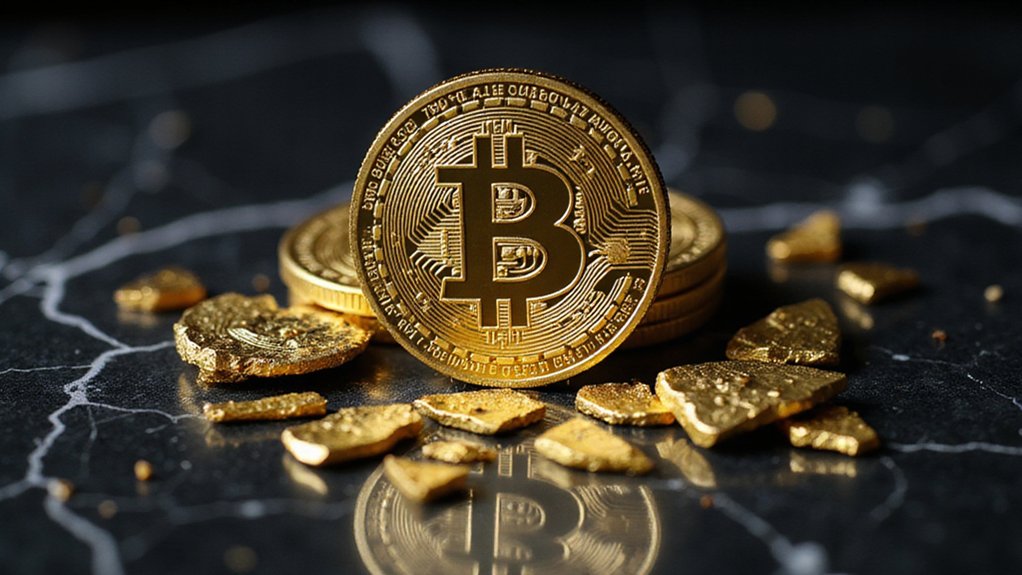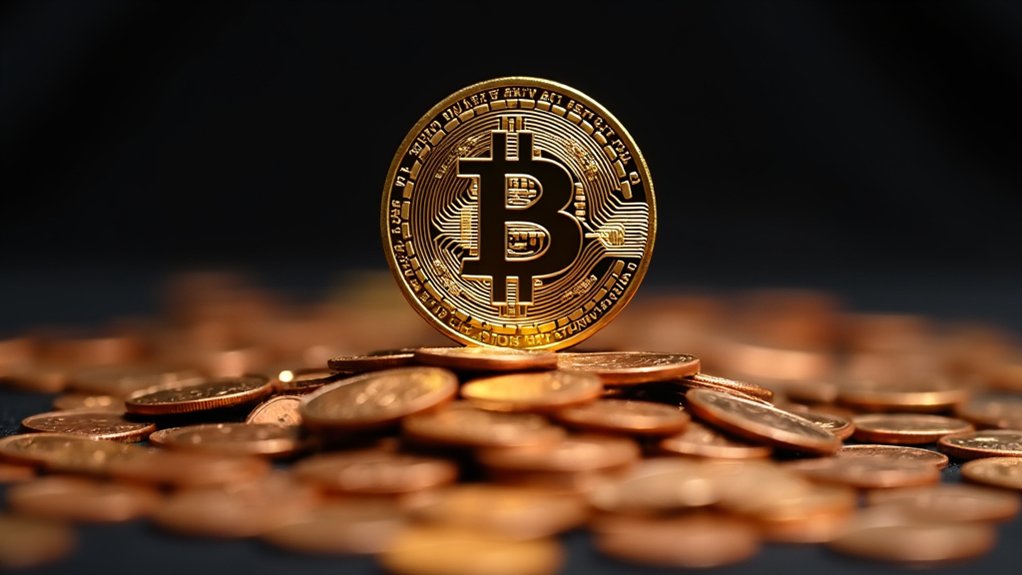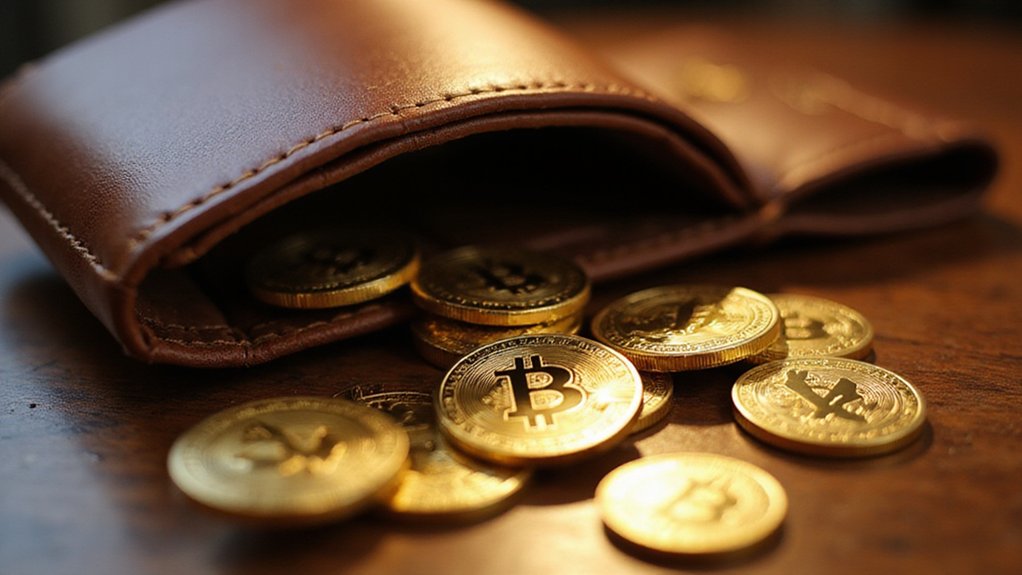While most central bankers sleep soundly knowing they can conjure currency from thin air with the stroke of a keyboard, Bitcoin’s architecture operates under a fundamentally different premise—one that would give monetary authorities night terrors. The cryptocurrency’s 21 million supply cap represents what Satoshi Nakamoto described as an “educated guess” rather than precise economic calculation, yet this seemingly arbitrary number has become Bitcoin’s most sacred commandment.
The mechanism behind this scarcity is elegantly brutal in its simplicity. Every 210,000 blocks (approximately four years), mining rewards halve, creating a deflationary death spiral for new issuance. What began as 50 BTC per block in 2009 has steadily declined—25 BTC after 2012’s halving, then continuing this mathematical march toward zero. By 2032’s sixth halving, 99% of Bitcoin’s total supply will have been mined, leaving future generations to fight over increasingly scarce digital crumbs. Currently, miners receive 3.125 BTC per block as their reward for validating transactions and securing the network.
With over 19 million Bitcoins already circulating as of early 2025, the cryptocurrency has crossed the 90% threshold of its maximum supply. This accelerating scarcity has attracted institutional investors like moths to a deflationary flame, amplifying demand pressure as supply growth approaches mathematical extinction. Mining rewards will eventually shrink to fractions of a satoshi, effectively ending new coin creation by 2140. However, the accessible supply may be even more constrained, as a significant portion of existing Bitcoin remains permanently inaccessible due to lost private keys and forgotten wallets from the early days. An estimated 1.6 million coins have been permanently lost due to mismanaged custody, with most sitting dormant for over a decade.
Bitcoin’s mathematical march toward supply extinction transforms scarcity from theoretical concept into institutional investment magnet approaching zero-sum desperation.
Yet here’s where things get philosophically uncomfortable: the 21 million limit isn’t carved in digital stone. Rather than being explicitly hard-coded, it emerges from protocol parameters that could theoretically be altered through majority consensus. This possibility raises an existential question that would make any Bitcoin maximalist break into cold sweats—what if the community decided to increase the supply?
Such a change would require convincing a network of participants who view scarcity as Bitcoin’s fundamental value proposition. The 2017 block size wars demonstrated just how fractious attempts to modify core rules can become, suggesting that altering the supply cap would face fierce resistance. Any supply increase risks undermining Bitcoin’s entire monetary thesis, potentially transforming the digital gold narrative into just another inflationary experiment—precisely what Bitcoin was designed to escape.









